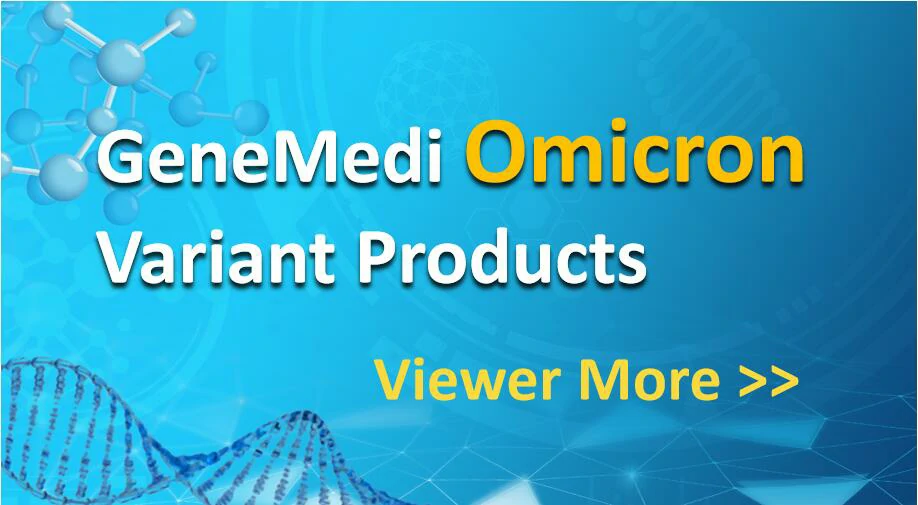The structure of antibody-drug conjugate (ADC) ADC consists of antibodies and payload, linker connects antibodies and small molecule drugs. After ADC drugs enter the blood, its antibody part will recognize and bind to the surface antigen of target cells. Theninternalizing ADC antigen complex into cells through endocytosis, the complex will be degraded by lysosomes and […]
Category Archives: adc
Product List Case study: Product data of Antibody-drug conjugate (ADC) Antibody Payload QC Ab-001 VCMMAE SDS-PAGE(reducing and non-reducing) Human IgG1 Control DAR Ab-002 Cytotoxity assay First, we used a higher dose of reducing agent (TCEP) and small toxic molecule (vcmmae) to ensure the success of coupling. SDS-PAGE (reducing DTT & non reducing DTT) results showed […]
SDS-PAGE We need run SDS-PAGE(reducing and non-reducing DTT) to see the integrity of antibody and Preliminary observation of the connection of small molecules. In general, we can see that the conjugated antibody will shift upward compared with the naked antibody DAR (methods and standard) ADC drugs are essentially a mixture, which is composed of mAbs […]
In addition to thiomonoclonal antibody technology, the addition of non-standard amino acids (NCAA) provides another possibility for site-specific coupling. The technology uses amino acids with unique chemical structure, which can introduce linker payload complexes in a chemically selective manner. This technique requires the recombination of antibody sequences, using tRNA and aminoacyl tRNA synthetase (AARS) orthogonal […]
Site specific biological coupling of engineered antibodies Advances in bioorthogonal chemistry and protein engineering contribute to the generation of more uniform ADCs. Although there are many attachment methods available on natural monoclonal antibodies, site-specific biological coupling on engineered antibodies can more effectively control Dar and avoid changing the affinity for antigen binding. In this […]
- 1
- 2




